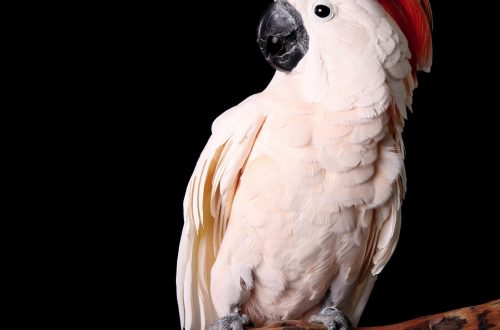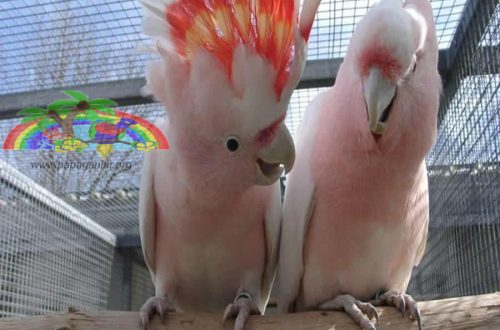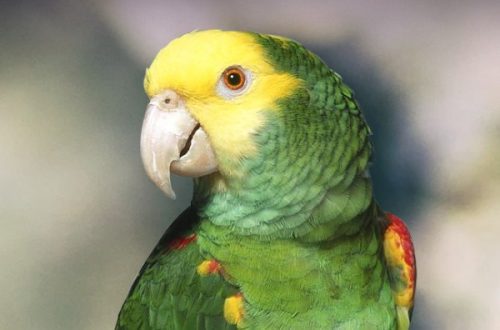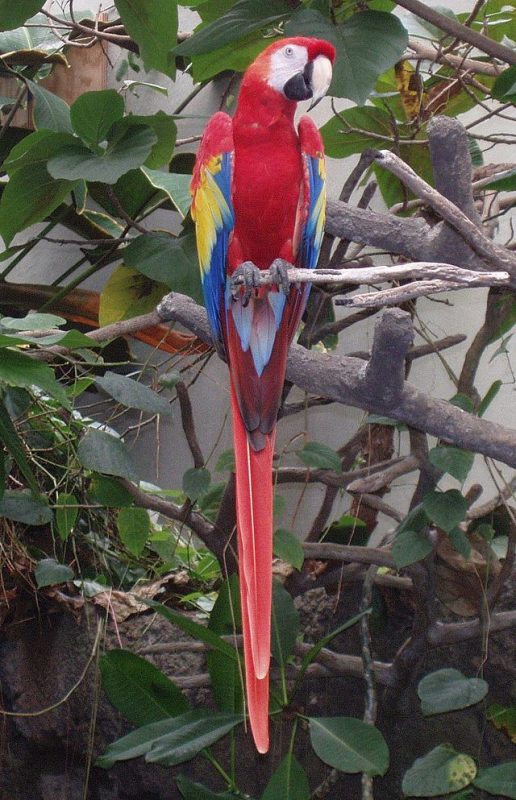
Macaw Red (Ara Macao)
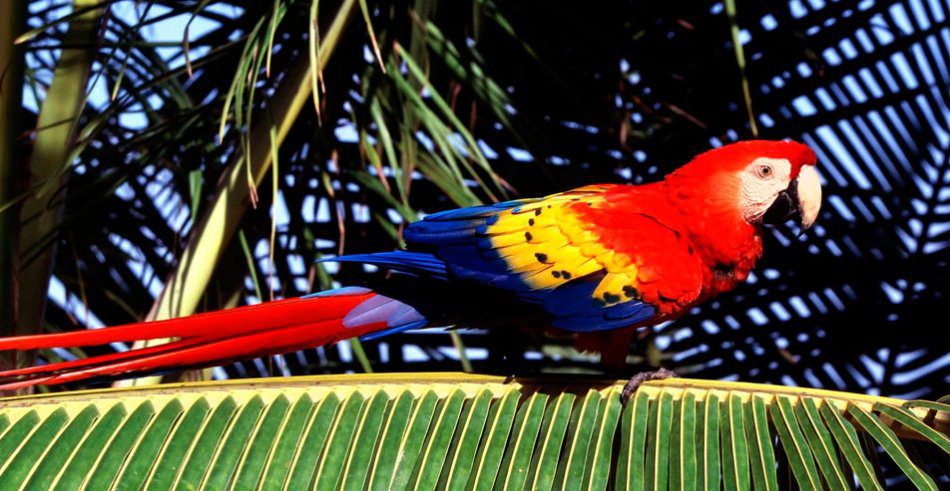
| Order | Psittaci, Psittaciformes = Parrots, parrots |
| family | Psittacidae = Parrots, parrots |
| Subfamily | Psittacinae = True parrots |
| Race | Ara = Ares |
| View | Ara macao = Ara red |
These birds are also called macaw macaws and red and blue macaws.
Contents
APPEARANCE
The red macaw is considered by many to be the most beautiful of its kind. The length of the parrot is 78 – 90 cm. The head, neck, top of the back and wings, belly and breast are bright red, and the bottom of the wings and rump are bright blue. A yellow stripe runs across the wings. The cheeks are unfeathered, light, with rows of white feathers. The beak is white, with a brown-black spot at the base of the beak, the tip is black, and the mandible is brownish-black. The iris is yellow. The male has a larger beak, but already at the base. In females, the upper half of the beak has a steeper bend. The feathers of red macaws were used by the Indians for decorations and plumage of arrows.
HABITAT AND LIFE IN NATURE
Red macaws are divided into two subspecies. Ara macao macao inhabits Panama, northern and eastern Colombia, Guyana, Venezuela, southeastern Ecuador, northeastern Bolivia, part of Brazil, eastern Peru. Ara macao cyanoptera is distributed from Nicaragua to southeastern Mexico.
Red macaws live in the crowns of tall trees in tropical forests. They feed on nuts, fruits, young shoots of trees and shrubs. When crops ripen, parrots feed on plantations and fields, causing significant crop damage, so farmers are not happy with these beauties.
KEEPING IN HOME
Character and temperament
The red macaw is one of the parrot species that is often kept in captivity. They are endowed with a good memory, sociable and easy to learn. This gives reason to many owners to believe that their pets have almost a human mind. However, it is not recommended for beginners to start these birds. Yet the size and loud, harsh voice can sometimes make their neighborhood unbearable. And if the bird is scared or excited, it makes a loud screech. Macaus become especially noisy during the breeding season, but, in principle, they can scream every day – morning and afternoon. Young red macaws are quickly tamed, but if you take an adult bird, it is likely that it will never get used to your company. Macao is good distinguish people and do not like strangers, behave with them capriciously and do not obey at all. But in relation to the beloved owner, the tame red macaw, despite a somewhat explosive temperament, is affectionate. There are birds that prefer men, but women are hostile (or vice versa). The red macaw loves to communicate, and he needs to be paid attention (2 – 3 hours a day minimum). If the bird is bored, it screams almost continuously. The macaw can occupy itself, your task is to offer intellectual games that parrots love very much. It can also be distracted by offering items that can be opened as toys. The main thing is that they are safe for the pet. In pet stores you can find toys for a large parrot. 1 – 2 times a day, the red macaw should be able to fly. These birds are not always cordial with other animals or small children, so do not leave the parrot alone with them.
Maintenance and care
Red macaws are large birds, so they need to create the right conditions. It is great if it is possible to put the bird in a separate room where it can fly safely, or build a spacious aviary. But if you keep a parrot in a cage, it must be all-metal and welded. The rods should be thick (at least 2 mm), horizontal, located at a distance of 2 – 2,5 cm from each other. The cage must be equipped with a retractable bottom. The bottom is covered with any material that absorbs moisture well. Minimum cage size: 90x90x170 cm. Minimum enclosure size: 2x3x8 m, shelters: 2x2x2 m. Place a wooden house inside in which your feathered friend will sleep (size: 70x60x100 cm). To pet did not get out of confinement unauthorized, select a padlock to lock the cage. Macaws are smart and learn to open other bolts easily. Clean the water bowl and feeders daily. Toys are cleaned as needed. The cage is disinfected weekly. The aviary is disinfected monthly. The bottom of the cage is cleaned every day, the bottom of the aviary is cleaned twice a week. Be sure to place thick branches of fruit trees in the cage: they contain useful minerals and vitamins. If this is not possible, periodically spray your pet with a spray bottle.
Feeding
Cereal seeds make up 60 – 70% of the daily diet. Macaws love peanuts and walnuts. With appetite they eat berries, vegetables and fruits (pears, apples, mountain ash, bananas, raspberries, blueberries, peaches, persimmons, cherries, cucumbers, carrots). Sweet citrus fruits are crushed. Macaw will not refuse fresh Beijing cabbage or crackers, porridge, boiled eggs (hard boiled) or dandelion leaves. However, all this is given in limited quantities. Macaws are quite conservative and may be suspicious of changes in diet, however, variety is necessary. Adult red macaws are fed 2 times a day.
Breeding
If you want to breed red macaws, then resettle them in a separate enclosure, where they will live permanently. The size of the aviary: 1,6×1,9×3 m. The floor is wooden, it is covered with sand, sod is laid on top. Be sure to equip the aviary with a nest house (50x70x50 cm) or a 120-liter barrel with a cut hole 17×17 cm. Nest litter: sawdust and shavings. Indoors it should not be hot or cold (about 20 degrees), keep humidity at 80%. . The chicks are incubated for about 15 weeks. And at the age of 9 months, the feathered young leave the nest.



